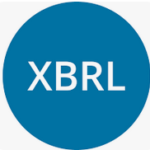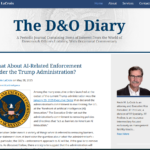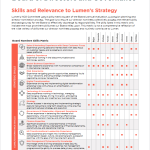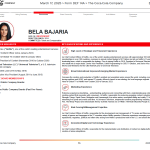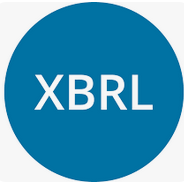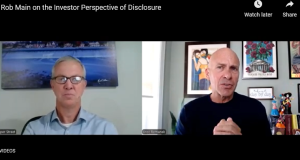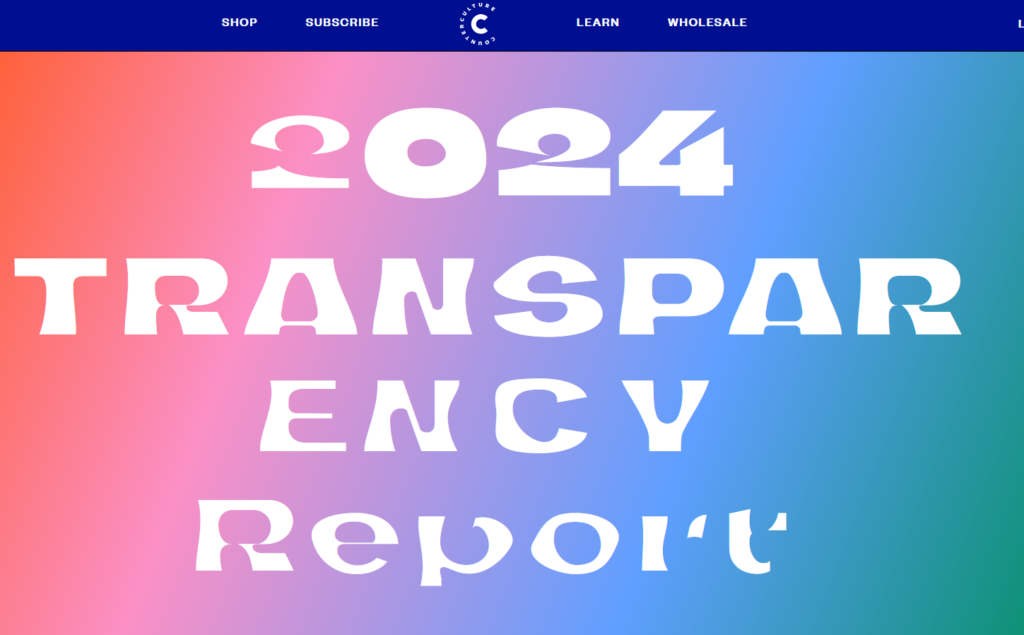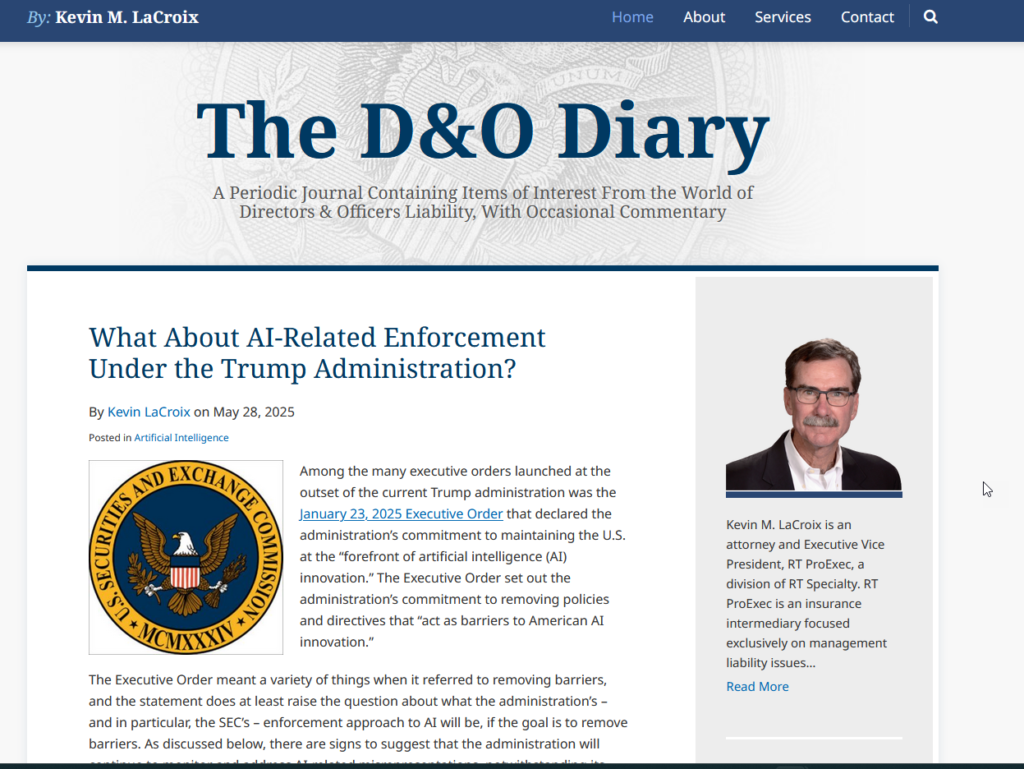I’ve blogged before about the need to regularly think about the “why” of disclosure when you’re drafting. Let me talk about what sometimes happens when those moments of clarity occur.
As an observer of disclosure over a long period time, it’s been something to behold as I’ve witnessed the gradual evolution of good disclosure. I’ve seen enough disclosure that I can easily tell now that whoever was responsible for drafting this particular gem was really thinking about how they wanted to communicate what the company was doing.
Here’s an example to consider. In the proxy, sometimes there is disclosure about corporate strategy in one section and risk management in another. But perhaps the next year, a company moves away from separate sections and combines these two into one. Or perhaps the risk discussion is now a subsection within the strategy section.
In that case, you can tell that the disclosure matches how senior management, how the board, is actually analyzing what lies before it. It would be folly to not talk about risk when considering various strategies. They are intertwined.
Another example is how “board effectiveness” disclosure evolved from a term used primarily in the context of director evaluations to a broader phrase used to explain how board composition, combined with the board’s various policies and practices, together support ongoing governance ambitions.
So it’s logical that disclosure about the two can be integrated. The disclosure doesn’t feel like it’s an exercise of “checking off a box.” This nuanced disclosure provides readers with better insight into how the company is really thinking about something.
It just feels right because it’s a reflection of what is happening in the real world. It’s a thing of beauty, said the disclosure nerd…


